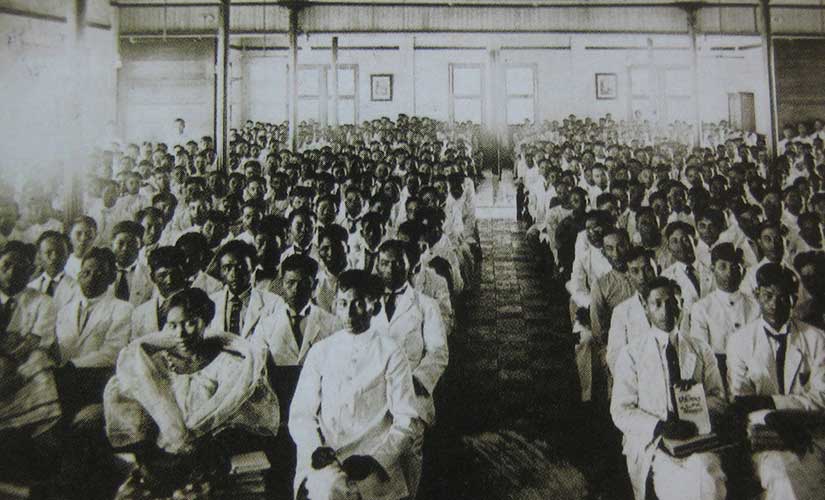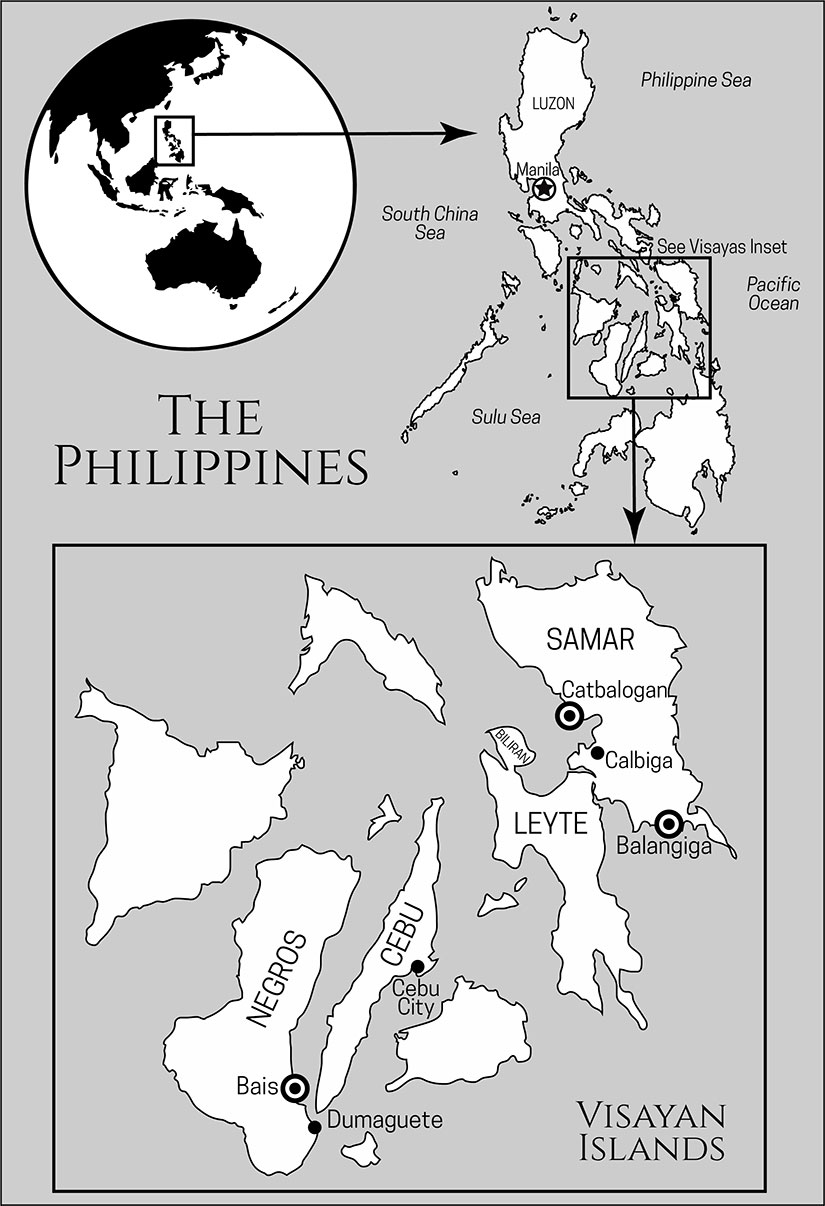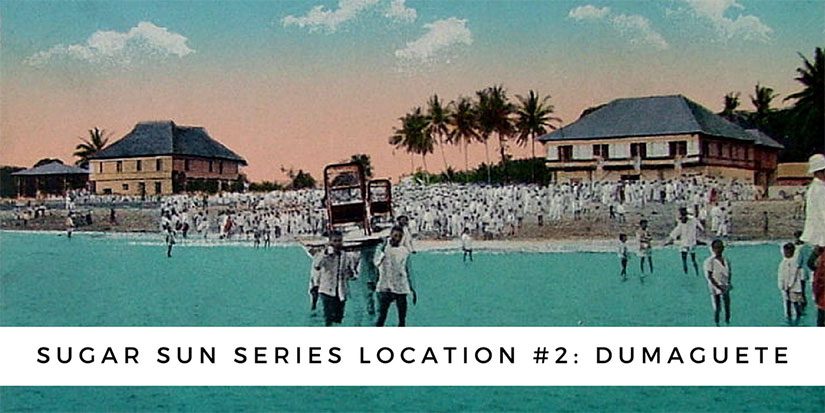I could easily live in Dumaguete. Despite the advent of modernity—traffic, diesel, plastic, and concrete—this is still the same city that charmed the early Presbyterian missionaries who chose it over Cebu and Iloilo for their new industrial-institute-cum-university, Silliman. In the words of Reverend Arthur J. Brown, D.D., location scout for the Board of Missions in 1901:
The location is the most healthful and beautiful that I saw in the Philippines. The land rises gently from a pebbly beach to a noble mountain range. The lower levels are covered with plantations of tobacco and sugar cane, higher slopes with hemp, and the summits of the mountains with heavy forests of hard woods. Across the clear water, the islands of Siquijor and Cebu are seen, and farther away, but in plain view, are the outlines of Bohol and Mindanao.
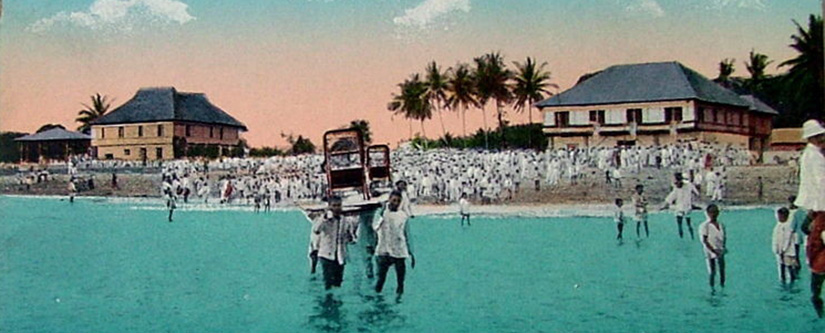
You can see on the above image, a vintage postcard from the turn of the century, there was no port or esplanade to speak of back then. Visitors had to be brought up to the beach by banca—or, for those with loftier colonial preferences, be carried by litter.
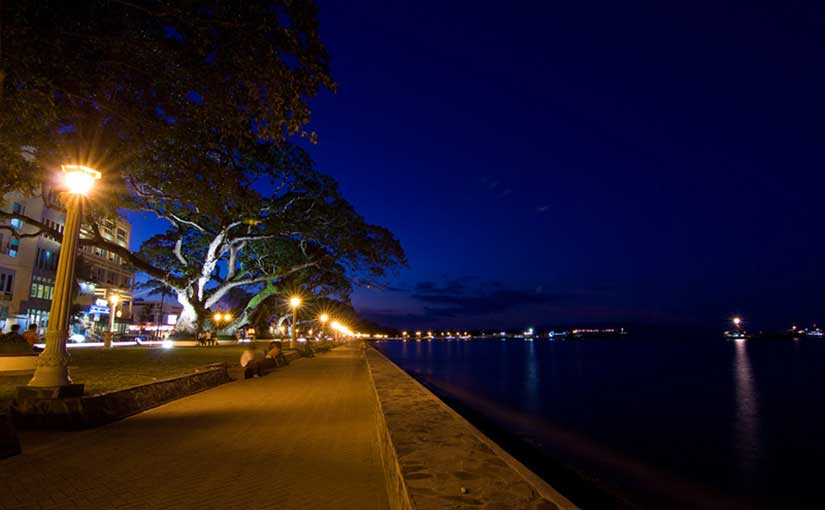
Once on shore a visitor would stroll through a lovely town dominated by the local Catholic church, St. Catherine’s, and its old stone belfry.
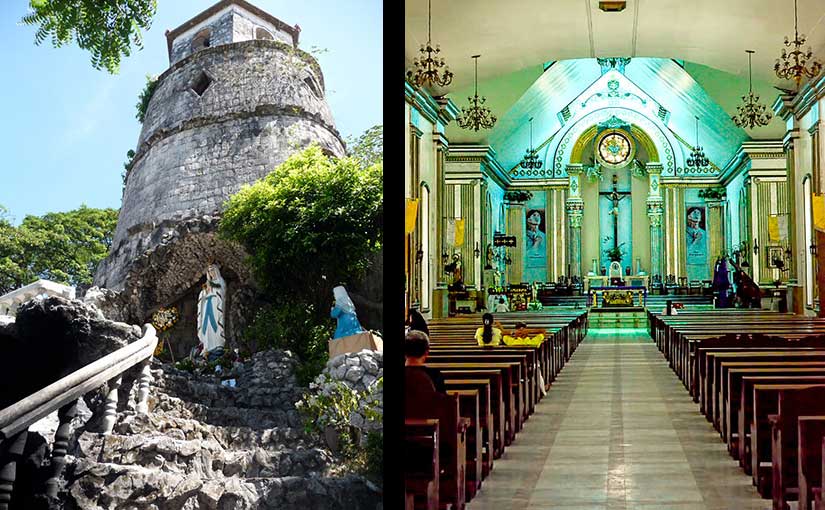
Though the iconic Silliman Hall (below) would not be built until 1909, the university has nevertheless dominated the landscape of this city for a full 115 years, ever since its founding in 1901.
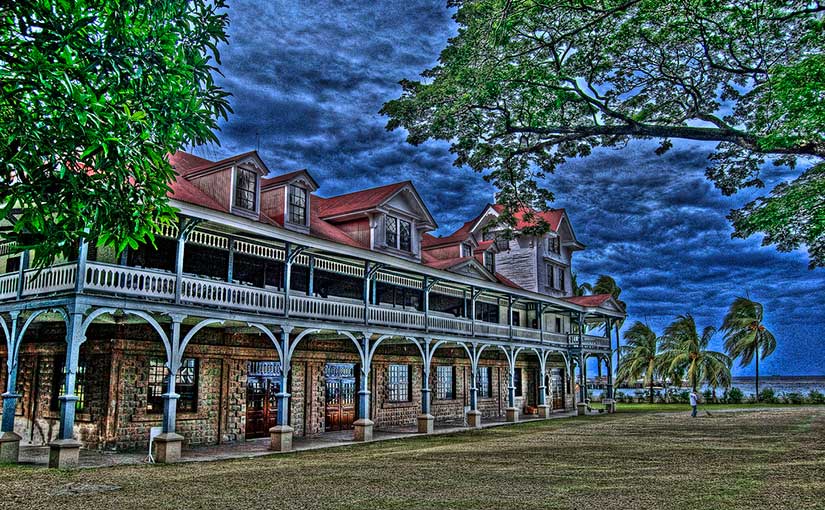
Yet I never mention Silliman once in my books. This presents an interesting question for my readers: how closely do I keep to the facts? One person recently noticed that the Americans in my version of Dumaguete do not come off well, which was the observation that inspired me to put together this post.
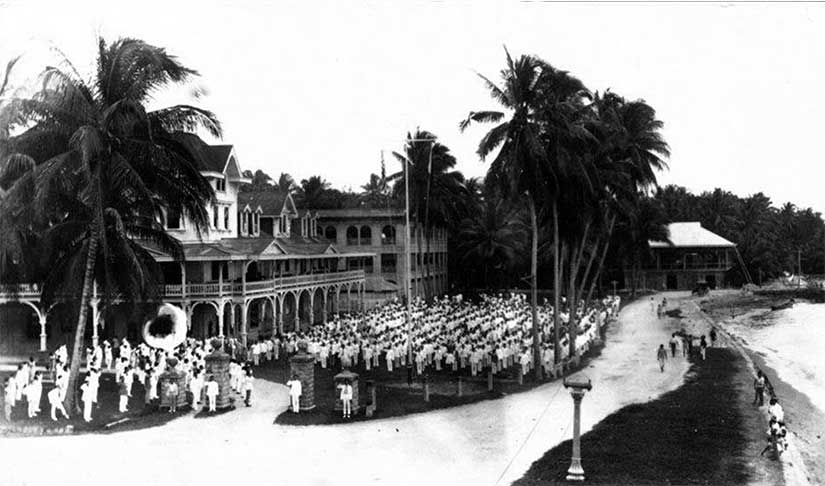
Alas, fans of Dumaguete history, do not despair! First, if I bother to rename someone or something, it is because I plan to use artistic license in service to the needs of my story. So the Silliman Institute, named after donor Horace Brinsmade Silliman, became the Brinsmade Institute instead. (Maybe not so clever, but it sounded good.) Real founders David and Laura Hibbard became the fictional couple, Daniel and Mary Stinnett. While there is some passing resemblance between the two men, Daniel Stinnett was designed as a conflation of the many American missionaries who helped colonize the Philippines. Some of the self-righteous words that come out of Daniel’s mouth can be attributed to the real David Hibbard, and others are from his contemporary brethren, but much of his personality I entirely made up—plucked it right out of my head and threw it on the page. And in an upcoming novella, Daniel will truly outdo himself with priggishness—because my story needs that conflict. It won’t be out of step with American attitudes of the time, but it is still fiction. See how my hero Jonas Vanderburg of Tempting Hymn will find his way through this prickly history with his heroine, Rosa Ramos.
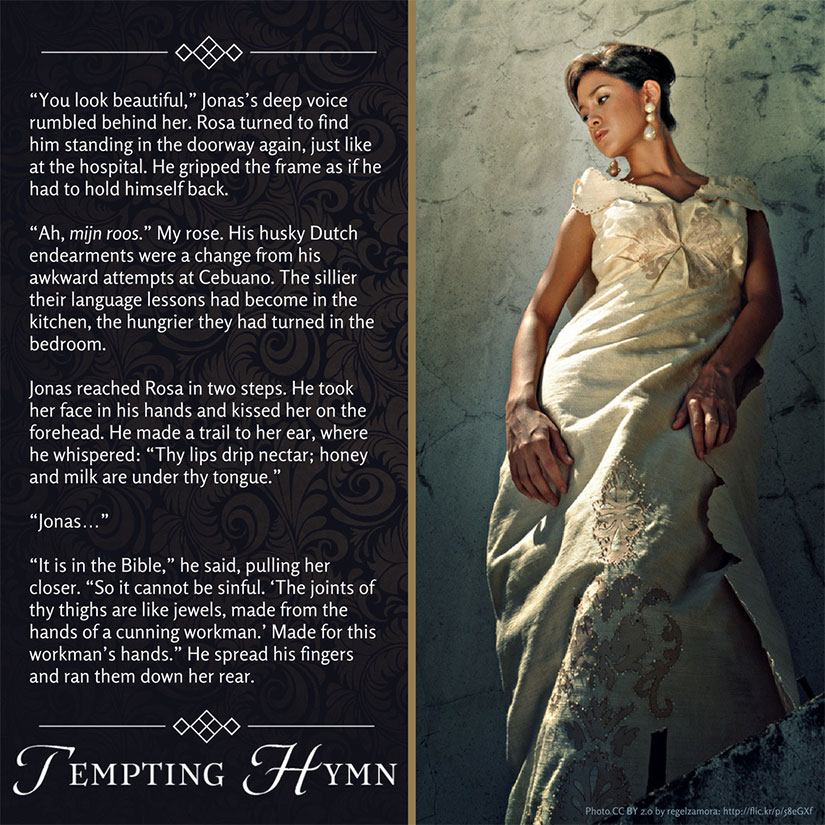
So don’t get too hung up on my intentions. Mostly, I want the story to feel grounded in a real place with real people, but I take lots of liberties on dialogue, characters, and sexual mores (and how!). The real Silliman University is an outstanding institution, and I especially enjoyed its anthropology, history, and environmental sciences museums, all open to visitors.
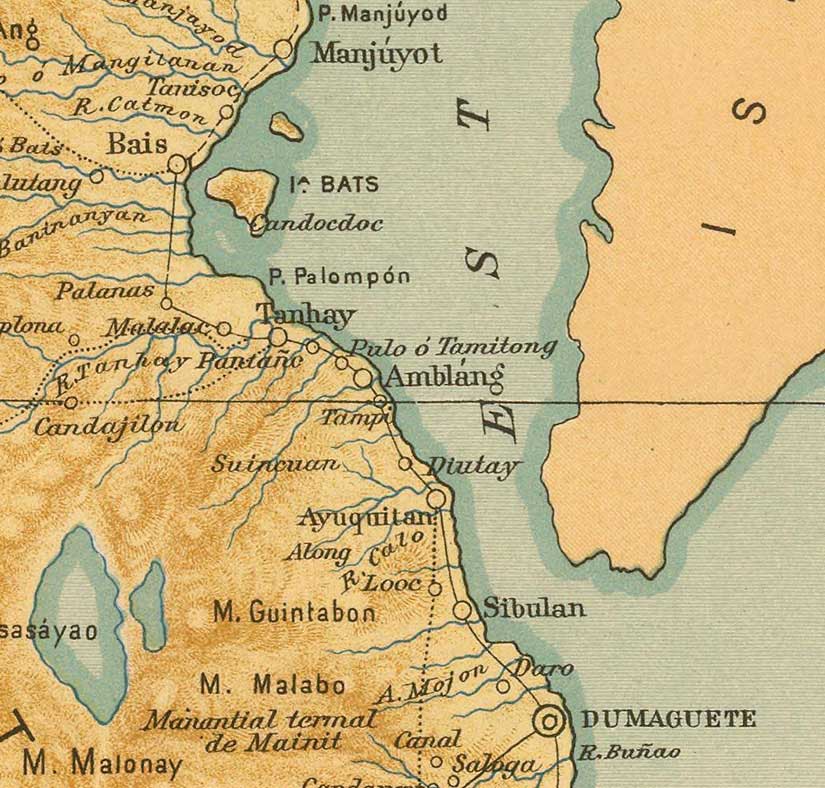
If you get the chance, you should go visit, and while you’re here check out Bais, too. I’m already jealous…
